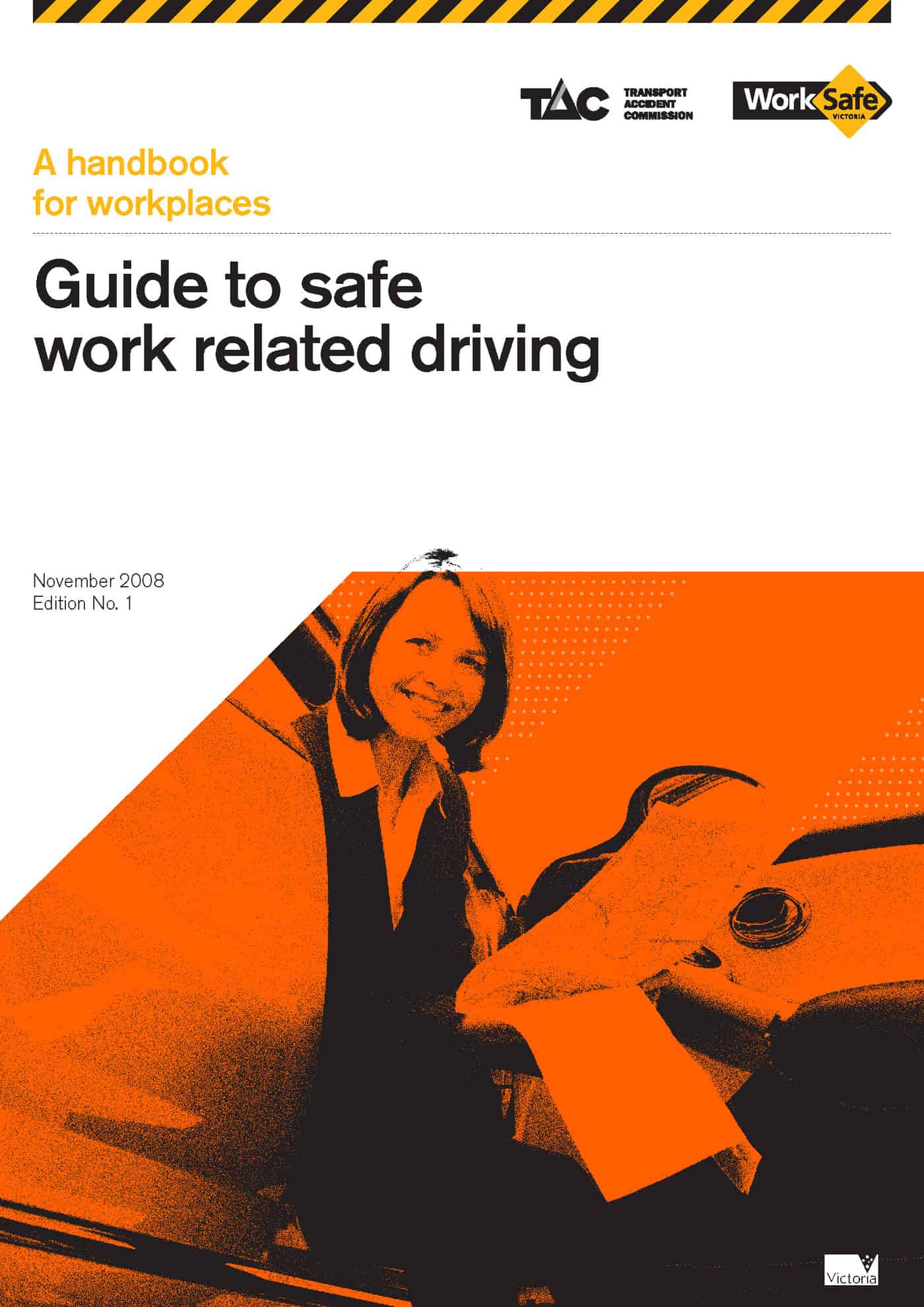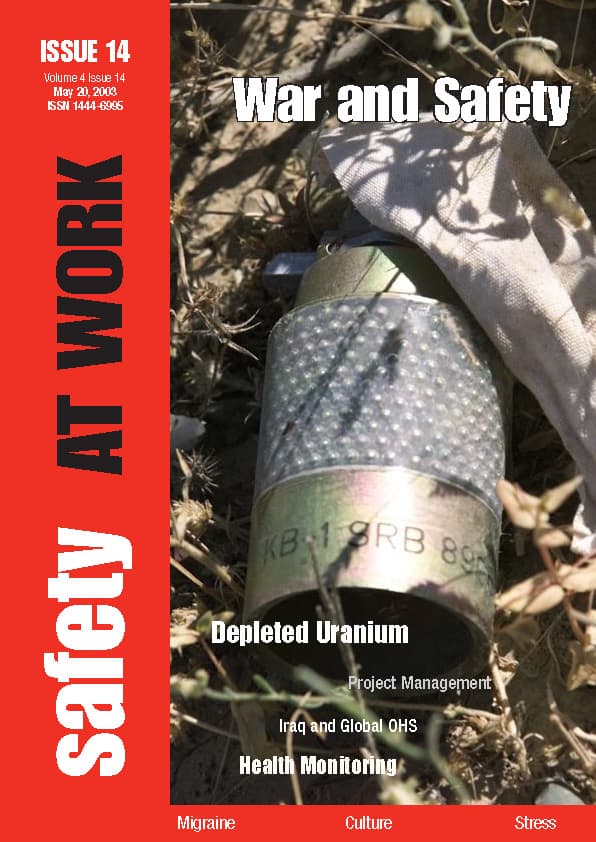Today, the UK Daily Mail published an example of the mish-mash of safety management problems that are confusing the public about what an OHS professional does.
An amateur Christmas pantomime is confused by the plethora of safetyand health obligations being placed on them by, it is assumed, a variety of regulators. Let me speculate on what may be behind some of the issues.
“scenery is free from sharp edges” – a good set designer, even an amateur one, should already have this aim as part of their skills. Backstage in theatrical productions is notoriously dark and often full of people, round the edges of scenery is not an unreasonable expectation.
The theatre company chairman says that the facility is not the best.
“Mr Smith, 59, a training manager, also claims that Brierley Hill Civic Hall’s backstage facilities are ‘poorer than Cinderella’s kitchen’ making it all the more difficult to meet the health and safety requirements.”
Ice cream and milk temperature is a matter of food safety. These can easily be managed by the facility manager providing suitable refrigeration. If the facility is a regular venue for theatrical productions it is not unreasonable to expect the venue to be fit-for-purpose. Graeme Smith says that the company has already solved the issue to some degree:
“The 100-strong am-dram group, which was first formed 60 years ago, has also bought a freezer because it does not trust the reliability of the venue’s, Mr Smith said”
Clearly, Mr Smith has as many problems with the venue as he does with the safety needs of his production.
Climbing a beanstalk with a harness – many theatrical productions have incorporated harness into aerial effects or revised their sets and direction to depict climbing without physically climbing 30 feet. This is a pantomime and it involves acting so act like you’re climbing a beanstalk.
Chaperoning children – mothers of stage children have been doing this for years. The nature of backstage may require supervision of children to reduce the hazards of dozens of excited children causing problems and creating hazards for other stage workers. Depending on the layout of the facility the dressing rooms may some way from the stage, perhaps through public areas, and supervision is not an unreasonable expectation.
“do not enter the props storage area” – all workplaces have areas that restrict unauthorised access for good reason. Supervision may be the best available control measure for the circumstances. The article refers to pyrotechnics. If these were to be used in this production and the pyrotechnics were stored in the props area, entry restriction would be more than reasonable.
“inform the audience before the performance if pyrotechnics are to be used.” It is peculiar that the audience is informed as pyrotechnics should be configured to operate with no risk to audience, actors, or stage staff. If the reason for this advice is fire safety, then this relates again to the suitability of the facility itself, to fireproofing, fire exits etc. Given the fires that have resulted from unsafe use indoors of pyrotechnics over the last few years, increased warnings seems appropriate.
I am not sure about the need to identify curtain users but the need to prevent people falling into the orchestra pit is obvious. It is implied that this would only occur outside of productions and rehearsals and, in that case, this would be the responsibility of the facility manager. Boarding up the pit may be an excessive control measure and alternative barriers may be appropriate. Again this also relates to the initial design of the facility.
There are enough hints in the article to show that the suitability of the Brierley Hill Civic Centre for theatrical productions needs to be reviewed. Many of the theatre company problems seem to be to accommodate design and layout deficiencies.
The Australian theatrical union issued safety guidelines for live theatre productions in 1999
The HSE and the Association of British Theatre Technicians has safety guidelines on pyrotechnics and a range of other publications related to theatrical productions.
Clearly there is no “idiot’s guide to amateur productions” but there may be a need for such a publication. The experience of the Brierley Hill Musical Theatre Company shows how one small event can be bombarded by attacks from all sides when all the company wants to do is put on a pantomime. Theatrical productions have always been big management challenges and health and safety has always been part of this process.
It was a fantasy sixty years ago when Judy Garland and Mickey Rooney could put an elaborate stage show together overnight in the movies. It remains a fantasy.



